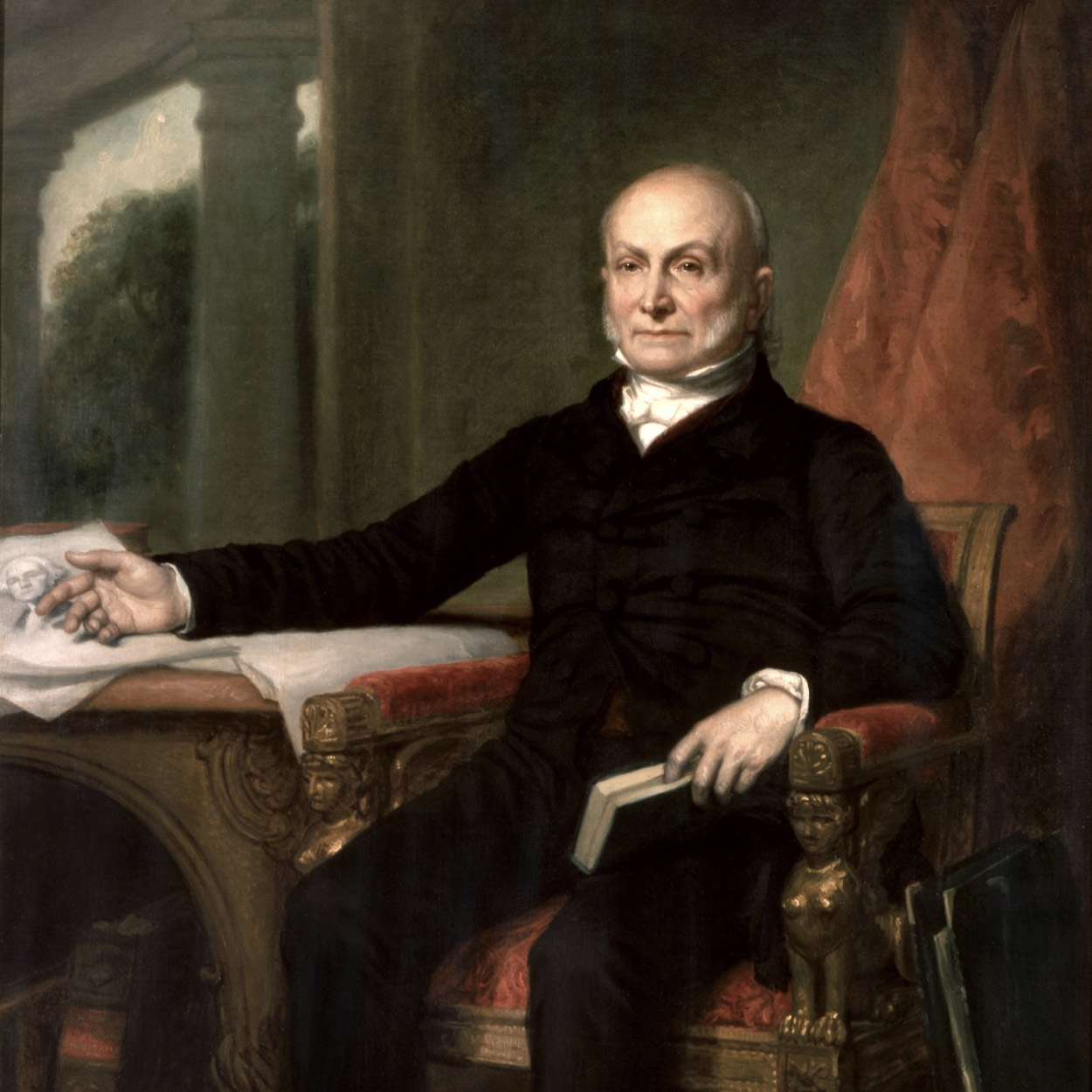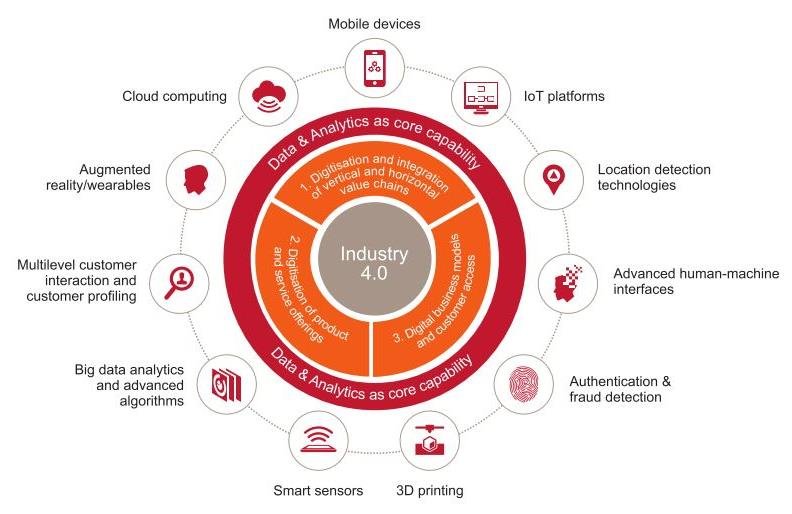My Areas of Interests
01
Disruptive Innovation & Business Growth
Creating long-term value and resilience in an ever-changing economic landscape.
This approach emphasizes strategic planning, innovation, and adaptability, ensuring that growth is steady and enduring.
By investing in the development of robust business models, fostering strong leadership, and prioritizing customer satisfaction, companies can achieve sustainable growth.
This method not only enhances profitability but also ensures that the business can withstand market fluctuations and evolving industry trends, securing a prosperous future.

Path to Value to achieve Disruptive Innovation & Business Growth
Customer-Centric Innovation
Continuously engage with customers to understand their unmet needs, pain points, and desires. This deep customer insight is crucial for developing innovative solutions that address real problems.
Focus on creating products and services that offer significant improvements over existing solutions. These innovations should provide unique value propositions that attract customers and disrupt the current market.
Strategic Risk-Taking & Adaptability
Foster a culture that encourages calculated risk-taking and experimentation. Leaders should support innovative ideas, even if they carry some risk, to discover breakthrough opportunities.
Develop the ability to quickly adapt to changing market conditions, customer preferences, and technological advancements. An agile organization can pivot and seize new opportunities faster than its competitors.
Optimize Operations & Resource Management
Identify and eliminate inefficiencies in business operations. Streamlining involves mapping out processes, finding bottlenecks, and simplifying or automating tasks to improve productivity.
Ensure optimal use of resources, including raw materials, energy, and human capital. Implement systems to monitor and manage resource consumption, reducing waste and costs.
02
Leadership & Human Capital Development
To improve an individual or organization’s ability “to produce, perform or deploy” by providing training and access to resources
According to the UNDP, there are three aspects of capacity development where we can take evaluate discrete measures of improvement. These are:
- The Enabling Environment: The broad social system under which the organizations and individuals function.
- The Organizational Level: Internal structures, policies, and resource allocations that influence success.
- The Individual Level: Skills, experience and knowledge that allow individuals to perform.

Path to Value for Leadership & Human Capital Development
Hacking the Cognitive Pathway
Every product out there started its journey as an Idea. The Human mind is the critical factory for creation, and the solutions to all our perceived problems can be found there.
The secret is to know how to Hack The Mind to clear the roadblocks to success
Discovering and Sharing Knowhow
Knowledge is the glue that unifies different interests, groups, cultures, and generations. Knowledge need not be rediscovered. It needs sharing to reach a wider audience.
Our Knowhow and our experiences should be shared with a wider audience to create a bigger IMPACT.
Anticipating Future Needs
Knowing what worked in the past is just the job half done. Anticipating how the future may evolve into and devising strategies to meet the demands head on will close that loop.
Deep dive and analyze to identify future needs. Follow through with planning and identifying resources.

03
Industry 4.0 - Digital Transformation
The Digitization of business processes and systems to fundamentally improve Operations, bring Innovation and deliver Value to all stake holders.
Industry 4.0 is the Digitization of Manufacturing and related processes. By intelligently networking the Smart Machines, we get real-time optimization of existing processes and new ways of production and value creation. It is the current trend of automation and data exchange in manufacturing technologies, including cyber-physical systems, the Internet of things, cloud computing and cognitive computing and creating the smart factory.
By integrating Energy systems with Smart management, and Cloud Computing and AI systems we can better predict the energy needs and optimize generation, storage and usage.

Path to Value for Digital Transformation and Industry 4.0
Data & Analytics
Optimize your Supply Chain. Rationalize your real estate and location footprint. Capture your performance metrics and run analytics to better understand what is working and what is not.
Digital Strategy
Sales & Marketing using new digital channels to reach customers globally and effectively. ERP systems digitized to support real time transactions.
Customer Experience
CRM systems digitized to improve customer experience, reduce time to serve, customer dissatisfaction rates, and turnaround times.
04
Energy & Resource Sustainability
The Shift from a fossil fuel based energy mix to a sustainably sourced system comprising of primarily renewable sources.
The latest IPCC report found that 89% of the global CO2 emissions are caused by the fossil fuel use. If we want to limit the global tempearture rise to 1.5° above pre-industrial levels, we need to halve our fossil fuel consumption by 2030. The World has got ambitious targets and we need to combine our skills and efforts to realize them.
Having spent the majority of my working career developing carbon reduction strategies for major fuel hungry industries, I believe I have an important contribution to make to achieve this target.
After all, There is no Planet B
Path to Value to achieve mitigation of 36.9 Gt of CO2
Reduce & Reuse Resources
Reduction of waste is the low hanging hanging fruit in Sustainability. Second to that is reusing waste and giving what we consider Waste a second life.
Moving away from the Use and Throw mindset to a Reduce and Reuse mindset will help us achieving our emission reduction targets, and reduce the load on the raw material sourcing, saving the planet from further devastation.
Transition from Fossil based Energy
Structurally changing the how we source our energy needs and moving away from Fossilized fuels which captured carbon emissions millions of years ago, moving to sustainable fuel sources where the Carbon cycle of generate and capture can be completed within a generation.
This would mean changing how we source our base load energy as well as our peak energy sources. Also utilizing new energy storage technologies.
Green Circular Economic Model
The move away from our Linear economic model to a new paradigm that integrates the circular economic model within the green economy and biosphere.
What this would achieve is: A regenerative production-consumption model based on sustainable raw materials leveraging the potential of biological resources from land and sea.

